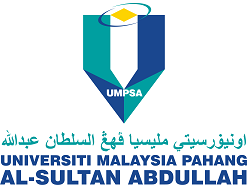Analysis of Infra-Red Laser Power Process Using Response Surface Methodology
DOI:
https://doi.org/10.15282/ijets.6.2016.1.5.1055Keywords:
Infrared (IR) laser marking, current, frequency, water flow, and laser beam size, laser power, response surface methodology, design of experimentAbstract
High-quality products and shorten manufacturing lead time are very important factors addressed by many companies. Typically, low-quality products are induced by inconsistent of manufacturing process performance. To get a constant laser power in Infrared (IR) Laser Marking process was a common problem facing by many engineers in the manufacturing industry. This consequences might effect on laser marking characteristics such as the possibility of burn marking or blur marking particularly on the products. Therefore, the objective of this paper is to study the interaction between Infrared (IR) Laser Marking input parameters such as current (amp), frequency (Hz), water flow (l/min) and laser beam size (mm) on laser power (watt) as the main response. Furthermore, the response of laser power from Infra-Red laser process can be predicted when all combinations of parameters are tested. The IR marking machine was deployed and experimental studies were conducted in order to meet this objective. The experiments were based on Design of Experiment (DOE) and Response Surface Methodology (RSM) because second order model or polynomial equation was needed to fit for the response. The relationship between input and output parameters can be visualized by 3D graphs which were developed from Mathematical modeling. Based on the experiment results, the parameters that have significant effects on the laser power are current, laser beam size and water flow. However, frequency does not have a significant factor in this study.


